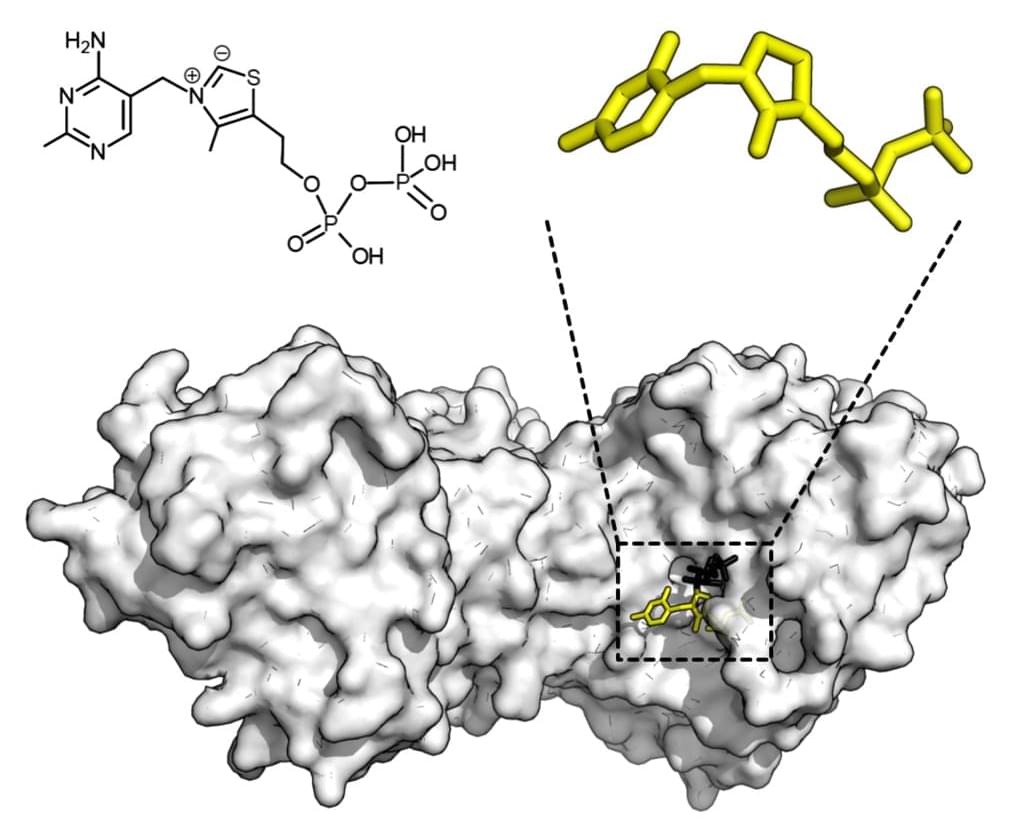A new artificial intelligence-powered tool can help researchers determine how well an enzyme fits with a desired target, helping them find the best enzyme and substrate combination for applications from catalysis to medicine to manufacturing.



Neurons produced from frontotemporal dementia patients’ skin biopsies using modern stem cell technology recapitulate the synaptic loss and dysfunction detected in the patients’ brains, a new study from the University of Eastern Finland shows.
Frontotemporal dementia is a progressive neurodegenerative disease affecting the frontal and temporal lobes of the brain. The most common symptoms are behavioral changes, difficulties in understanding or producing speech, problems in movement, and psychiatric symptoms. Often, frontotemporal dementia has no identified genetic cause, but especially in Finnish patients, hexanucleotide repeat expansion in the C9orf72 gene is a common genetic cause, present in about half of the familial cases and in 20 per cent of the sporadic cases where there is no family history of the disease. However, the disease mechanisms of the different forms of frontotemporal dementia are still poorly understood, and there are currently no effective diagnostic tests or treatments affecting the progression of the disease in clinical use.
Brain imaging and neurophysiological studies have shown that pathological and functional changes underlying the symptoms occur at synapses, the connections between brain neurons, in frontotemporal dementia patients. PET imaging studies have shown significant synapse loss in the brain, and transcranial magnetic stimulation, on the other hand, has indicated disturbed function of both excitatory and inhibitory neurotransmitter systems, leading to deficient neurotransmission. Often, drugs affecting the different neurotransmitter systems are used to mitigate the symptoms of frontotemporal dementia patients.


A neutron star’s viscosity determines how the star interacts with gravitational waves, a behavior that could be useful to the study of neutron-star interiors.
The detection of gravitational waves from mergers of black holes and neutron stars has opened a window onto the strong-gravitational-field regime, allowing physicists to put constraints on various gravitational theories [1, 2]. These observations also have the power to probe the ways in which such compact objects interact with gravitational waves hitting their boundaries or, in the case of neutron stars, passing through their interiors [3]. Valentin Boyanov at the University of Lisbon in Portugal and his colleagues have now investigated such interactions in detail, analyzing how an object’s response to passing gravitational waves is influenced by its viscosity [4]. Their results could allow researchers to extract information about the internal structure of neutron stars from future gravitational-wave measurements.
Boyanov and colleagues tackle the following questions: Under what conditions do viscous compact objects such as neutron stars reflect or absorb gravitational waves? And to what extent do these interactions mimic those of black holes? At first, it might seem that black holes in particular cannot be reflective―after all, their defining feature is that they absorb everything that falls on them. But in practice, whether a black hole absorbs or reflects gravitational waves depends on the frequency of those waves. High-frequency gravitational waves cross the event horizon and are absorbed, adding to the black hole’s mass and angular momentum. For low-frequency waves, on the other hand, the curved space time around the black hole constitutes a potential barrier to the wave propagation: The waves are “reflected,” meaning that they scatter off this region with their phase or their propagation direction altered.

With this discovery, the researchers propose that tetrandrine can be used to disrupt processes critical to the survival and replication of viruses, such as Ebola and COVID-19, by targeting LIMP-2 to alter lysosomal calcium release.
Importantly, these findings highlight lysosome-related mechanisms as a new frontier for drug discovery, offering novel strategies for treating diseases caused by calcium imbalance, including neurodegenerative disorders like Alzheimer’s and Parkinson’s, as well as certain metastatic cancers.
Prof. Ko said, “This is the first time a function of LIMP-2 in calcium signaling has been uncovered. From a cell biology perspective, our study has revealed a completely new pathway for NAADP-regulated calcium signaling, through LIMP-2 and sphingosine. From an anti-viral treatment perspective, the study has identified LIMP-2 as a key target of tetrandrine for the treatment of Ebola virus infection, with broader applications in other antiviral therapies.”

Research led by the Karolinska Institutet reports that offspring of parents with mental disorders face increased mortality, with the highest risks for unnatural deaths and when both parents had diagnoses.
Parental mental disorders have been linked to infant mortality and to multiple developmental, mental, and somatic outcomes, while links with long-term offspring mortality remained unclear.
In the study, “Parental Mental Disorders and Offspring Mortality up to Middle Age,” published in JAMA Psychiatry, researchers conducted a nationwide register-based cohort study to investigate associations between parental mental disorders and mortality in offspring up to middle age.

Over the past decade, experts in the field of nanotechnology and materials science have been trying to devise architectures composed of small structures that spontaneously arrange themselves following specific patterns. Some of these architectures are based on so-called icosahedral shells, structures with 20 different triangular phases that are symmetrically organized.

New technology that invites expressive, two-way communication between a person and the soft, flexible object they are holding or wearing has been developed at the University of Bath.
Using this system, a user can tap, twist or pinch a soft object—such as a cushion, an item of clothing or a pliable computer mouse—and the object will respond in a meaningful way, for instance, by changing the TV channel, turning off a light or creating a digital sculpture on a screen.
Crucially, the object also provides tactile feedback (such as a soft click or vibration) to confirm the action, while maintaining its natural softness and flexibility.

